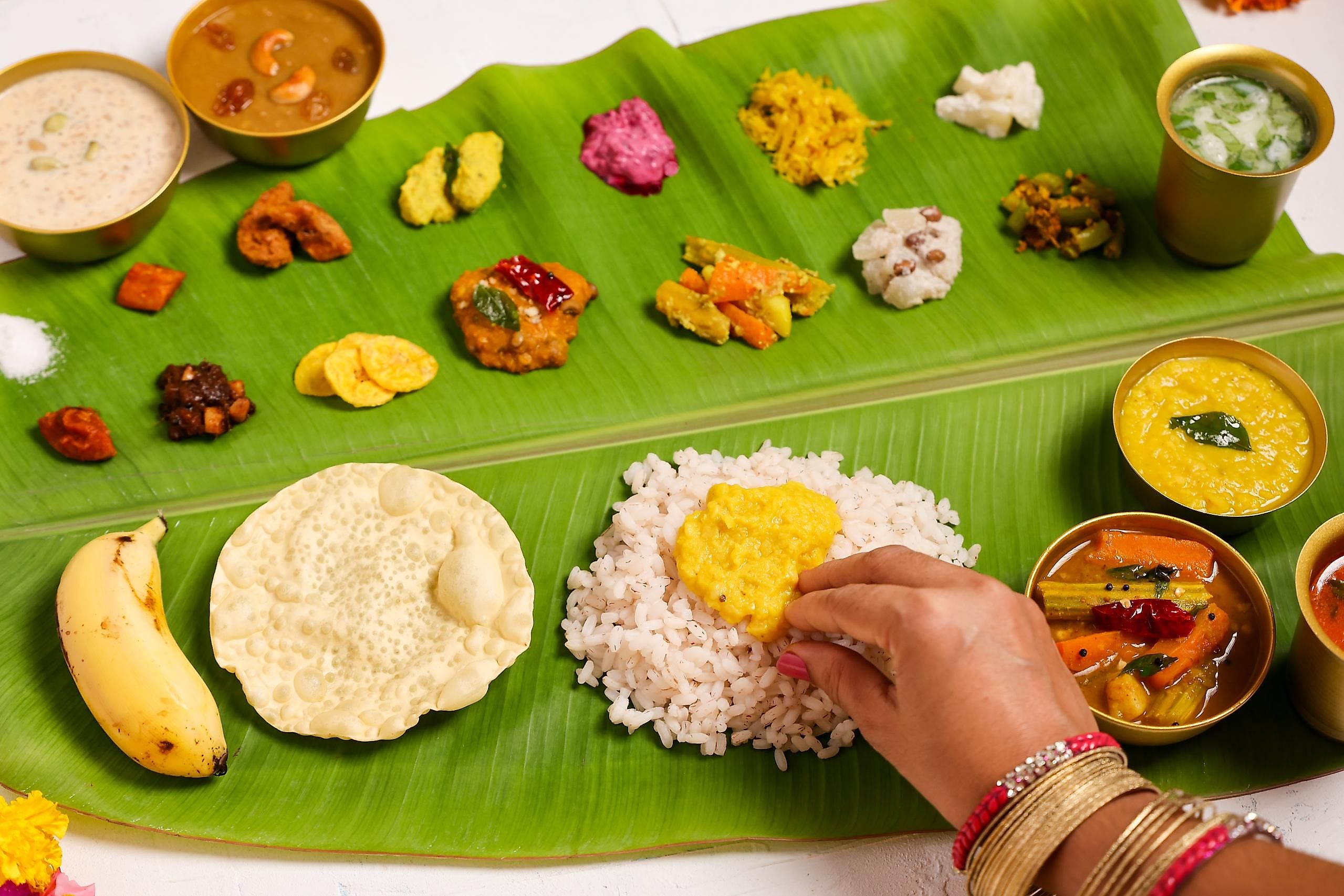
10 Countries That Consume The Least Meat
Consuming meat is an essential part of many people's diets worldwide, yet there remain several countries whose intake of meat and meat products is notably low. The reasons for low meat consumption vary from personal dietary decisions and cultural views on its consumption to environmental impact and affordability of raising and buying it. This article looks at countries with the lowest per capita meat consumption (in 2017) globally (as per OECD data), and features three Asian nations (India, Bangladesh, Indonesia, and Pakistan), five African countries (Ethiopia, Nigeria, Tanzania, Mozambique, and Ghana) and one country from the Caribbean (Haiti).
1. India - 3 kg per capita
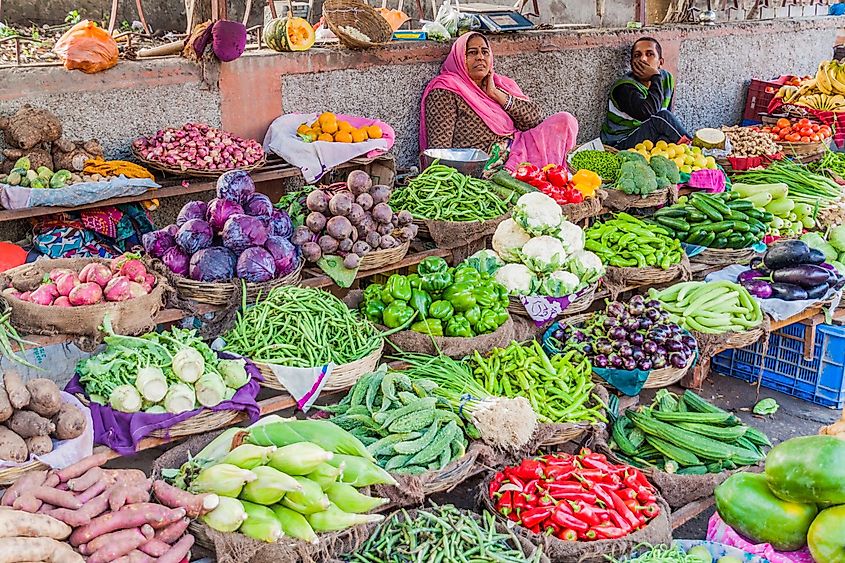
The world's second most populous, with an astonishing 1.3 billion people, India holds the distinction of consuming the least meat per capita. With its staggering population, this is even more striking, and indeed with only 3 kg of meat per capita per year consumed, no other country eats less. Due to a variety of factors, including religious laws on meat (particularly beef), and a largely vegetarian diet, meat is simply not a sought-after item on Indian menus. Around 1.8 kg of poultry per capita are consumed, making it the most frequent meat to be eaten.
2. Bangladesh - 3.4 kg per capita
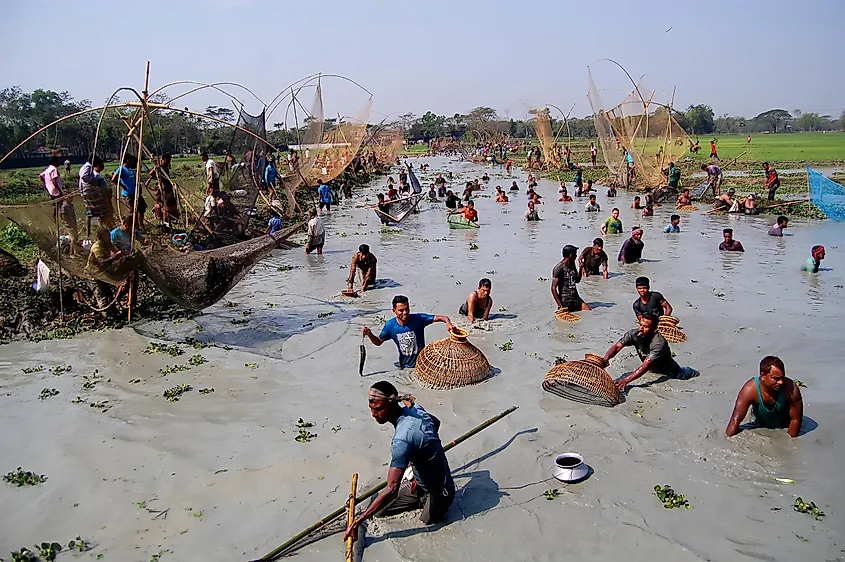
The eighth most populous country in the world, Bangladesh is home to over 165 million people. A Muslim majority nation, just 3.4 kg of meat per capita are eaten by Bangladeshis. A mix of poverty and restrictive trade imports (particularly with India) means that very little meat is consumed here. Although beef is highly sought-after, beef and veal comprise just under 0.9 kg per capita because most people cannot afford it, while poultry sits at just under 1.36 kg per capita. Due to Islamic views on the ingestion of pork, it is the least consumed meat type. Fish, however, is the major source of protein for most households in Bangladesh as it is more affordable and is a staple of the diet.
3. Ethiopia - 4.54 kg per capita
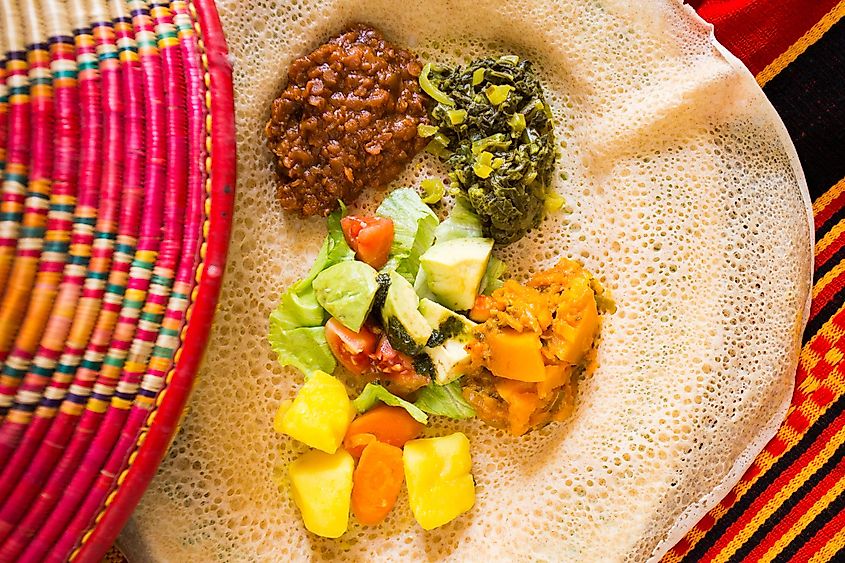
Despite one of the largest livestock populations on the African continent, Ethiopia has a very low rate of meat consumption, with just under 4.54 kg per capita. With a high poverty rate, affordability is a significant problem in the country, and access to quality foods like meat is a struggle for many. On average, 2.58 kg of beef and veal are consumed per capita, while just over 0.45 kg of poultry is on the menu.
4. Nigeria - 5.9 kg per capita
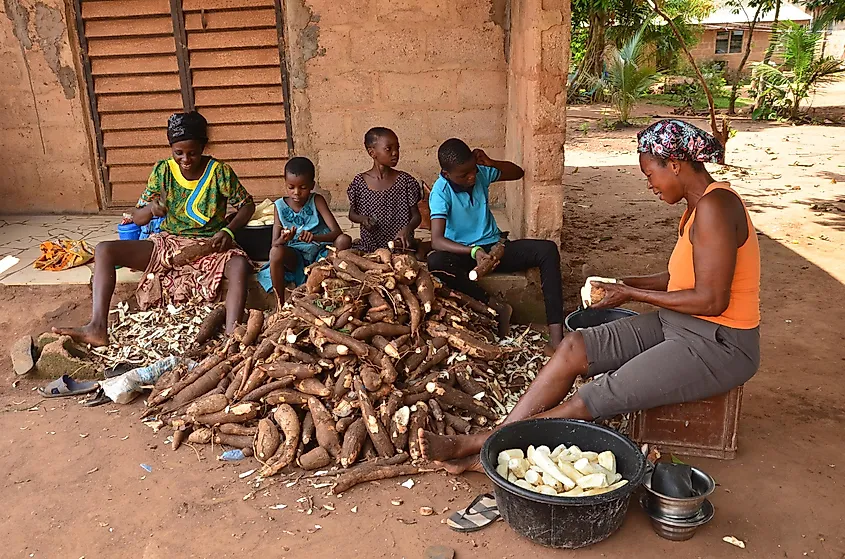
The most populous nation in Africa with over 225 million inhabitants, Nigeria has struggled to balance its endemic corruption with a growing economy that has still led to widespread poverty. With a near 50/50 split between Christianity and Islam, dietary laws, affordability, and poverty together can be seen as factors in Nigeria's low meat consumption. Currently, an average of just 5.9 kg per capita are eaten, with beef and veal accounting for around 1.8 kg, pork at just under 1.36 kg, and poultry at just under 1 kg.
5. Tanzania - 7 kg per capita
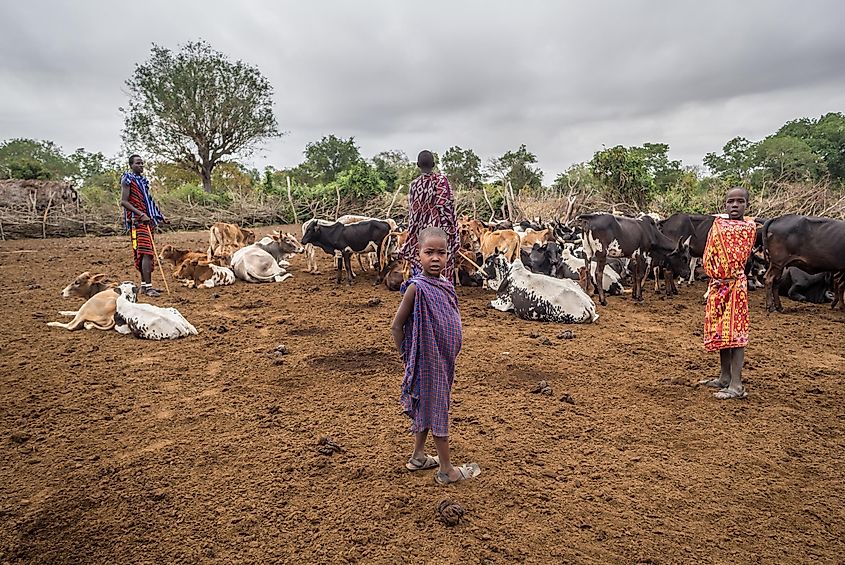
With a population of nearly 64 million, Tanzania is Africa's fifth most populous, yet it has amongst the lowest amount of meat consumption in the world. On average, Tanzanians consume only 7 kg of meat per capita, which contrasts with the relative prosperity of this emerging middle power. Still, despite the low meat consumption in the country, 95% is locally grown. Beef and veal account for some 4 kg per capita, while poultry comes in at just under 1.8 kg per capita.
6. Mozambique - 7.26 kg per capita
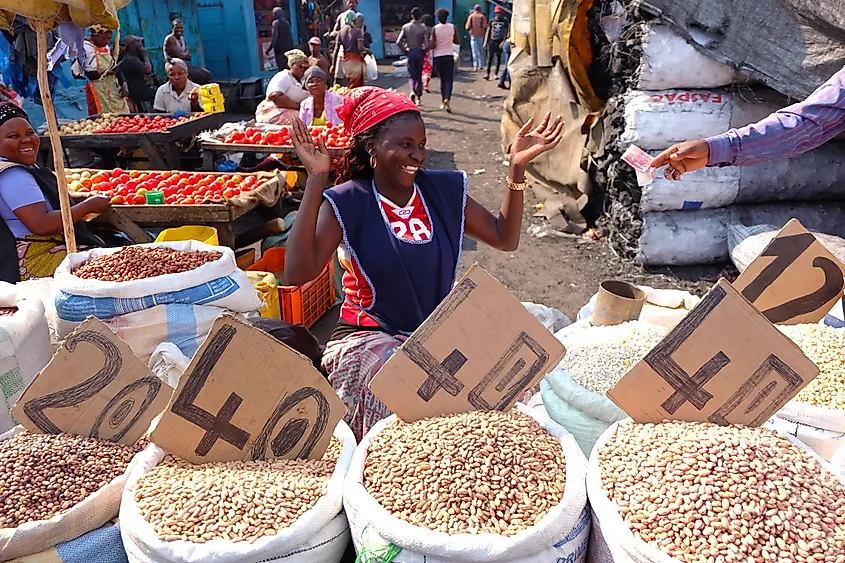
Unfortunately, the East African nation of Mozambique stands as one of the poorest in the world, despite being rich in natural resources and agriculture. As such, the average meat consumption in the country is low, with only 7.26 kg per capita. Most meat that Mozambiquans do consume is imported, with pork accounting for nearly 4.08 kg and poultry at nearly 1.18 kg.
7. Ghana - 9.07 kg per capita
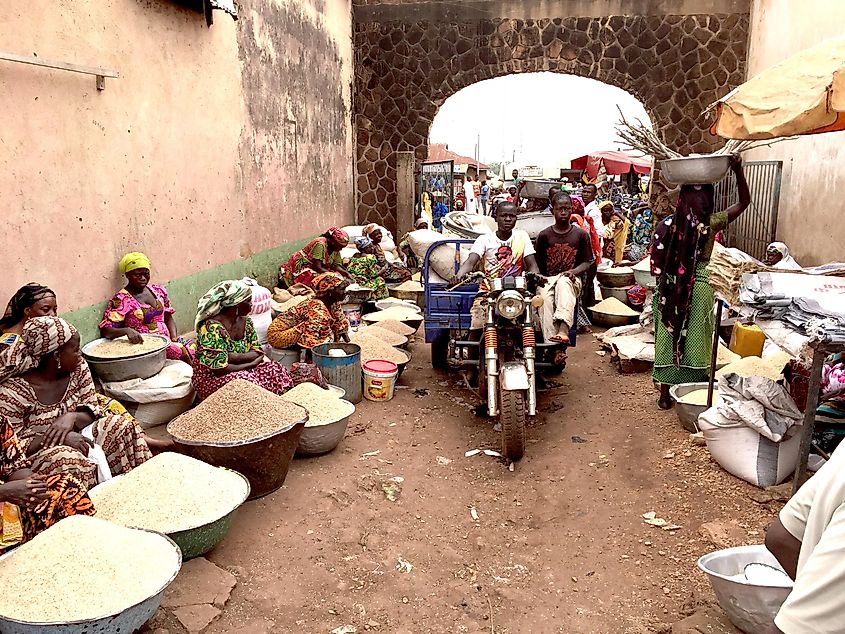
Another country from West Africa, Ghana, ranks 7th on the list with a per capita meat consumption of only 9.07 kg. The poverty-stricken nation has a very small population of livestock and most of the meat consumed in the country is imported from Burkina Faso or Europe. The higher cost of imported meat means that most of Ghana's impoverished population cannot afford it. Poultry consumption in the country is the highest at 5.94 kg per capita followed by sheep meat, beef and veal, and pork.
8. Indonesia - 12 kg per capita

Another Muslim-majority country, Indonesia, is home to a population of over 275 million and is the fourth most populated nation in the world. Curiously, however, its meat intake is amongst the lowest on the globe, with only 12 kg per capita. Poultry and its related products are by far the most popular, accounting for some 7.26, while beef, veal, and pork hover around 2.27 kg per capita. Pork is off the menu for most people here due to religious beliefs. However, poverty also limits the intake of other meat forms like beef and poultry.
9. Pakistan - 12.7 kg per capita

Regretfully Pakistan has long been a place of political violence and instability, and poverty, corruption, and terrorist activity continue to dominate much of its society. Still, as a nuclear state, Pakistan wields considerable regional influence. High poverty rates prevail in large parts of the country, taking meat off the diet of many households. On average, 12.7 kg of meat per capita is consumed by Pakistanis, with veal and beef accounting for some 6.35 kg. Poultry consumption is just under 4.53 kg, while pork is consumed the least due to Islamic dietary laws prohibiting the consumption of this meat.
10. Haiti - 13.6 kg per capita
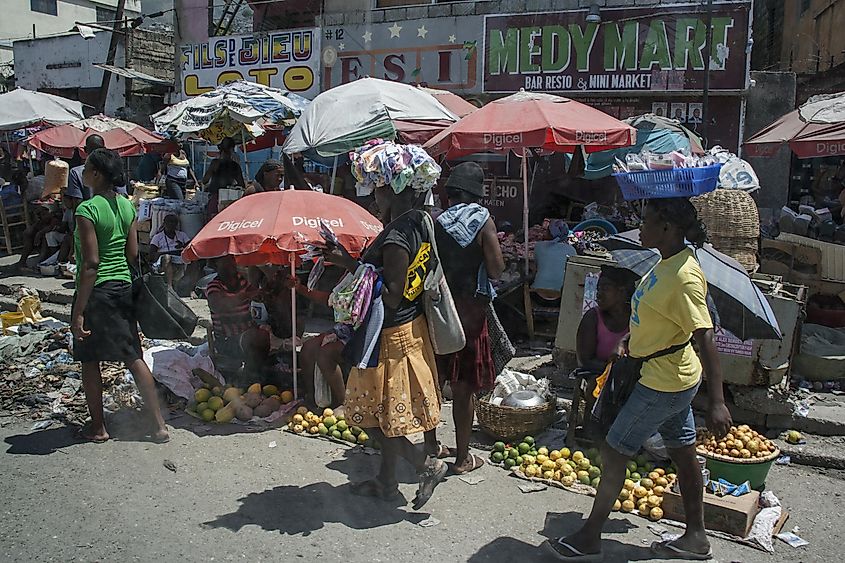
One of the world's poorest nations, Haiti has struggled for decades with widespread political instability, food shortages, violence, and rampant poverty. As such, it is no surprise that it is among the nations that consume the least amount of meat and meat-related products. Due to poor livestock and agricultural practices, raising animals for meat is simply not an easy task in Haiti. Indeed Haitians consume only about 13.6 kg per capita in a nation of 11.3 million citizens. Of the meat that is consumed beef and veal account for around 3.6 kg per capita while poultry is consumed at an average of 5.9 kg per capita.
While the above countries consume the least meat for cultural or economic factors influencing their diets, today, environmental and animal welfare concerns are also influencing meat consumption in many countries with high meat consumption. Veganism and vegetarianism are quickly gaining popularity among the youth in Western European and North American nations, with some of the world's highest meat consumption rates. In the future, a revolution is expected in meat consumption, where cultured meat from laboratories could replace meat from slaughterhouses on the menu.











